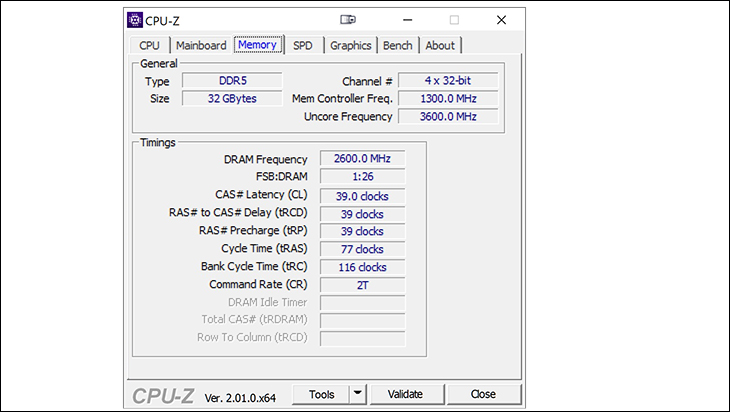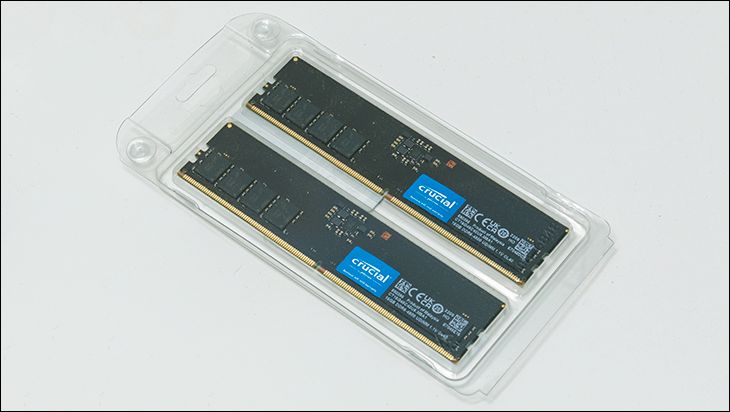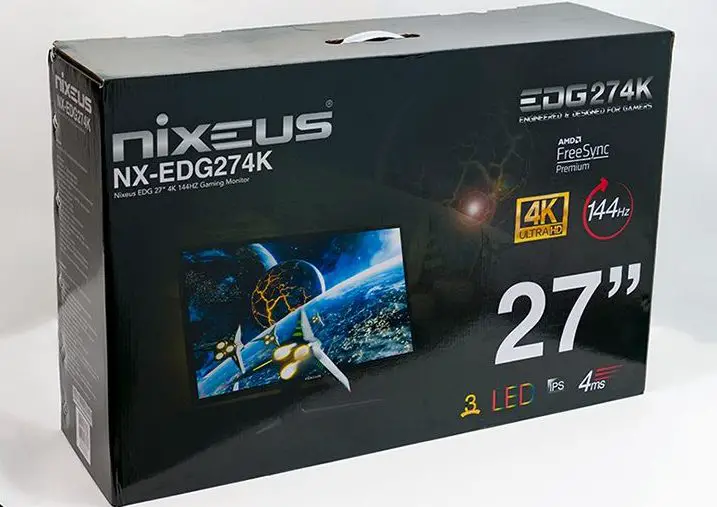Before we being we need to go over a bit of math. When talking about DDR5, a CAS Latency of 40 will have widely varying latency penalty size. For example, at DDR5-4800 that CL40 equates to a dog slow 16.67ns. That is the same latency as DDR4-2400 at CL20. Turn the dial slightly to DDR5-5200 speeds and it becomes 15.38ns – or a bit slower than DDR4-2666 at CL20. Turn it up to DDR4-5400 frequencies and its now ‘only’ 14.81ns – or a bit better than that selfsame DDR4-2666. Turn it up to DDR5-6600. That would still be 12.12ns. Now contrast that latency penalty with DDR4-4000 CL16… and its 7.5ns latency.
We point this out because these are the early days of DDR5. Much like DDR4 was dog slow, latency wise, compared to DDR3… DDR5 has a long way to go if we hope to see sub-10ns latencies like we routinely do with DDR4. Even reducing the CAS latency via slowing down the data rate frequencies will not do too much good. For example, DDR5-5400 CL40 is better than DDR5-4800 at CL36 from both an overall performance and latency perspective… and reducing CAS latency by 4 ticks is pretty much the best you can expect to do from darn near any kit of RAM. So yes, this gen (and probably the next after it) of DDR5 RAM ICs are going to be latency hogs. It just is what it is. Adjust your expectations accordingly.

With all that said the whole point of overclocking RAM is to make things better. Right now, Micron recommends a maximum of 1.35volts and other companies using Micron RAM ICs in their models are saying 1.4 volts. We think 1.4v is way too much for our personal comfort level. Instead, we limited ourselves to 1.35v to see what this kit could do… without taking it on a suicide run.
With all the above in mind, we took two different approaches to overclocking. The first was to dial down the CAS latency as much as possible and then worry about raising the frequencies as much as possible afterwards. With that in mind we managed to hit CL37 at DDR5-4800 frequencies… or 15.83ns. By moving things up to DDR5-5000 we were able to hit CL38 and full stability (or 15.2ns). Raising both CL and frequencies to DDR5-5200 CL39 (at 1.35 volts) resulted in a flat 15ns latency and rather decent increase in overall performance. All without shake’n’baking the RAM ICs. Though with that said you will want good air flow inside your case as they, and the PMIC, were getting toasty on our open-bench setup. Still below their maximum temperatures but more than we would want to see for long term usages (with temps in the 80s).

At this point we were fully satisfied with what these value sticks had to offer, but in the spirit of curiosity we did dial up to ‘stock’ CL40 to see if we could go faster. In the end DDR5-5400 CL40 (14.81ns) was fully stable at 1.35volts. It did however require active cooling via a 120mm fan moving at an admittedly leisurely ~850rpm. With active cooling and using to 1.4v we feel that DDR5-5600 was entirely in the realm of possible… but honestly, we were at the limits of our comfort level at DDR5-5400. So much so we would recommend either dialing back to DDR5-5200 CL39, or investing the couple bucks in heat spreaders and ensuring good air flow in a given build’s case before going higher. Your Mileage May Vary… but hot damn. Even DDR5-5200 from a kit costing as (relatively) little as this kit is excellent. These ICs really do have a some gas left in their tank after Micron’s ultra-conservative binning process sorts them out. Color us deeply impressed.











